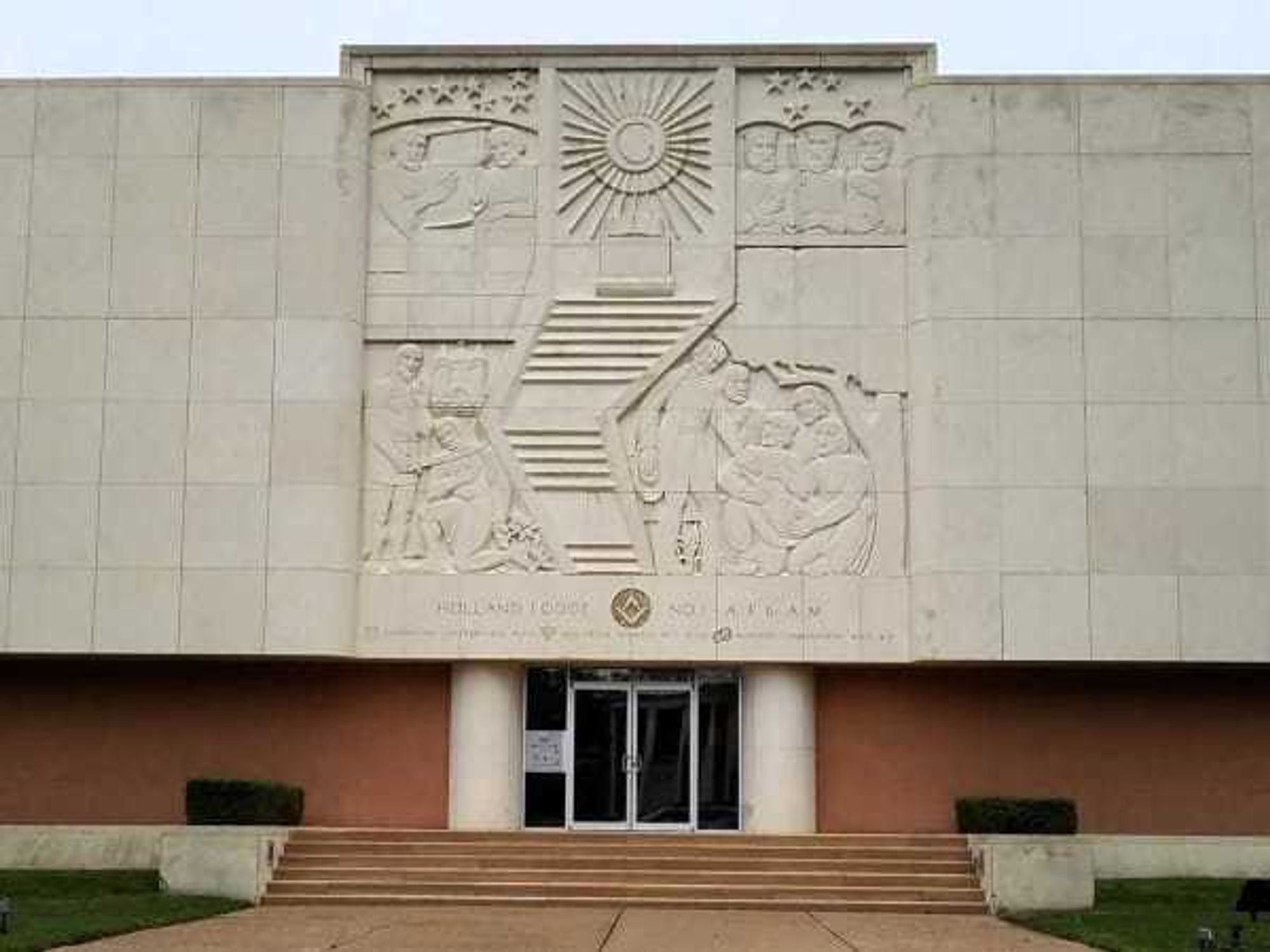red skies at night
How to watch the rare 'super blue blood moon' in Houston this week

For the first time in 35 years, a blue moon will occur during a total lunar eclipse on Wednesday, January 31, an event some have taken to calling a "super blue blood moon."
So, what exactly is this rare lunar event? It's actually a combination of three different celestial phenomena: a supermoon, a blue moon, and a blood moon.
A supermoon is a full moon that occurs during its perigee or the point in its orbit when it is at its closest to the Earth. The result is a moon that appears especially large and bright. A supermoon is about 14 percent more dazzling than an average moon.
This will be the second supermoon of the month. The first was visible on January 1 or January 2, depending on whether you were in the Eastern or Western Hemisphere. Since it is the second full moon of the month, it is also a blue moon.
At the same time, a total lunar eclipse will take place, where Earth will sit between the moon and sun, blocking all sunlight to the former and casting it in an eerie shade of coppery red. Thus, the term "super blue blood moon."
According to NASA, the "super blue blood moon" can be seen before sunrise on January 31, if you are staying in North America, Alaska, or Hawaii, and during moonrise if you are in the Middle East, Asia, eastern Russia, Australia, or New Zealand.
Last year, Houstonians clamored to see a rare solar eclipse, the first since February 26, 1979.
---
For more on this story, including video, visit our content partner, ABC-13.

 The building at 4911 will be torn down for the new greenspace. Holland Lodge No. 1, A.F. & A.M./Facebook
The building at 4911 will be torn down for the new greenspace. Holland Lodge No. 1, A.F. & A.M./Facebook